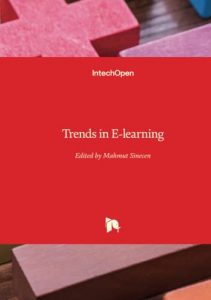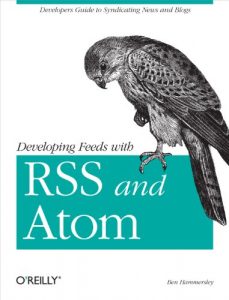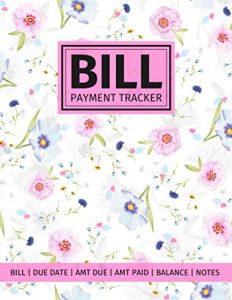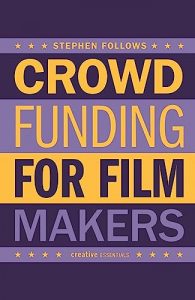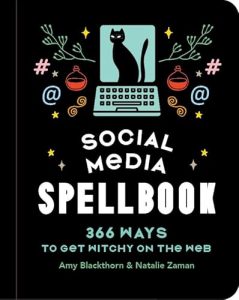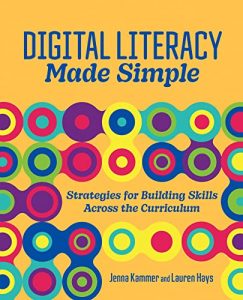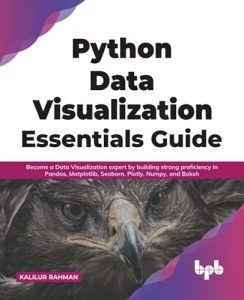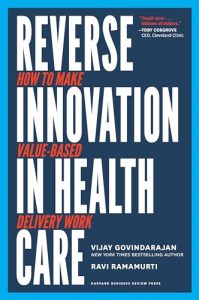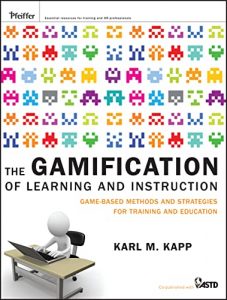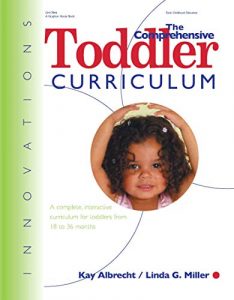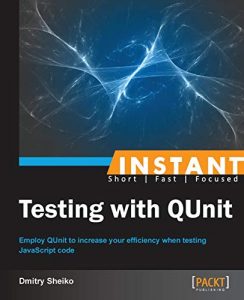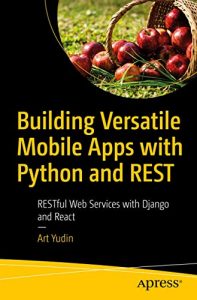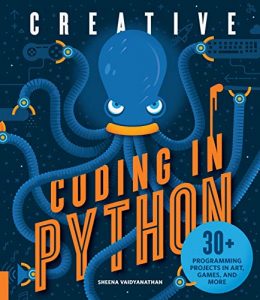1. Design for Manufacturability: How to Use Concurrent Engineering to Rapidly Develop Low-Cost, High-Quality Products for Lean Production, Second Edition
Authored by David M. Anderson, this book is an essential guide for professionals in the manufacturing industry. It delves into concurrent engineering principles that streamline product development processes. By understanding and implementing the strategies outlined in this book, businesses can create high-quality products at lower costs while maintaining efficiency. The concepts presented are particularly beneficial for those looking to enhance their operational processes and achieve lean production goals. Whether you are a veteran in the manufacturing field or a newcomer, this book provides valuable insights that cater to every level of expertise.
2. VETERANS AFFAIRS CONTRACTING: Improvements in Buying Medical and Surgical Supplies Could Yield Cost Savings and Efficiency (GAO – DOVA)
This insightful book by Hugues Dumont sheds light on how healthcare procurement can be enhanced within the Veterans Affairs system. By identifying areas for improvement in the purchasing processes of medical supplies, Dumont argues for strategies that can lead to significant cost savings and improved efficiency. This is particularly important for stakeholders in the healthcare sector who are looking to optimize their resource allocation while ensuring that veterans receive the best possible care. Anyone involved in procurement or healthcare management will find this book a crucial resource.
3. Budget Planner: Start Anytime | Daily Weekly Monthly Budget Planner Workbook with Bill Payment Tracker Spending Log Income Expenses Household
Drew Year’s budget planner is not just a workbook; it is a lifecycle tool for managing finances effectively. This planner encourages accountability and provides a structured way to track spending, bill payments, and income. The guided format makes it user-friendly, allowing anyone to start organizing their finances at any time of year. For individuals and families looking to gain control over their financial health, this planner is a must-have tool that promotes long-term savings and responsible budgeting practices.
4. The Fundamental Principles of Finance
In this comprehensive guide, Robert Irons introduces readers to the fundamental tenets of finance that are essential for both personal finance management and corporate governance. With practical applications and real-world examples, this book empowers readers with the knowledge needed to make informed financial decisions. Whether you’re a student, a budding investor, or simply looking to enhance your financial literacy, this book serves as a foundational resource that combines theory with actionable insights.
5. Monthly Budget Planner: Daily Weekly Monthly Budget Planner Workbook, Bill Payment Log, Debt Tracking Organizer With Income Expenses Tracker
Drew Year returns with another practical budgeting tool—the Monthly Budget Planner. This workbook is particularly designed to facilitate effective budgeting for both personal and business finances. It offers various sections for tracking income, expenses, and debts—all contributing to a clear financial overview. Its simplicity and organization make it suitable for users of all ages, setting a solid foundation for financial responsibility and achieving savings goals. For anyone serious about managing their money, this planner is a brilliant companion.
6. Accounting Ledger Book: Small Business Cash Logbook for Income & Expense
This pink pastel ledger book by Budget Log Journal is designed specifically for small business owners. With its organized layout, small business owners can keep meticulous records of their cash flow, enabling them to track income and expenses effortlessly. It’s more than just a ledger; it’s a vital tool to ensure financial stability and transparency in any small business operation. With minimal effort, this logbook helps streamline bookkeeping tasks and provides a solid foundation for better financial planning.
7. Estimating the cost of equity
The Open University presents a concise exploration of how to estimate equity costs. This essential topic is crucial for both corporate finance specialists and academic students. Understanding how to evaluate the cost of equity can significantly impact investment decisions and financial strategies. With practical insights presented in a straightforward manner, this book is perfect for anyone looking to enhance their financial analysis skills or simply understands the economic frameworks that influence the market.
8. Selected U. S. Crop Budgets, Vol. 4: Yields, Inputs, and Variable Costs; Northwest Region
Leroy Carol Rude’s work on crop budgets provides agricultural professionals and economists with critical data on yields and costs associated with farming in the Northwest region. This classic reprint is a valuable resource for those involved in agriculture, offering detailed insights that aid in effective budgeting and planning. Those looking to maximize efficiency in crop production will find the data presented invaluable.
9. Food and Beverage Cost Control, 6e + WileyPLUS Learning Space Registration Card
Co-authored by Lea R. Dopson and David K. Hayes, this guide addresses the unique challenges faced by those in the food and beverage industry. It provides solid principles and techniques for managing costs effectively, making it an indispensable resource for restaurant owners and managers. The integrated approach of balancing quality service with cost management will empower professionals to make decisions that optimize their financial operations while delivering quality customer service.
10. Selected U. S. Crop Budgets, Vol. 1: Yields, Inputs and Variable Costs; Southeast Region
Wilmoth Charles McArthur’s volume focuses on the economic realities specific to the Southeast region, providing readers with reliable yield information and associated costs. This classic reference equips agronomists, farmers, and policy makers with the necessary tools for effective crop budgeting. Anyone with a vested interest in agricultural economics will find this book an indispensable addition to their library.















